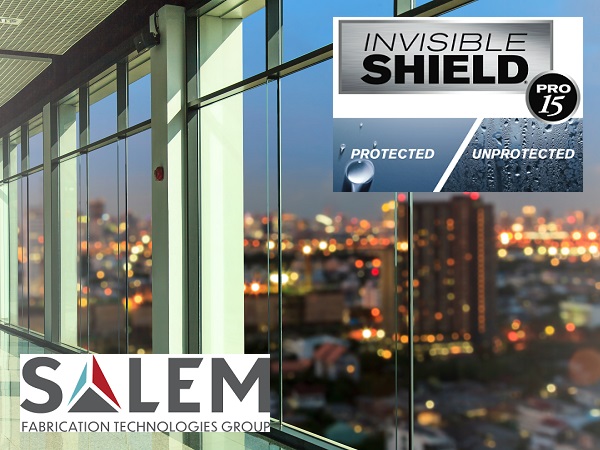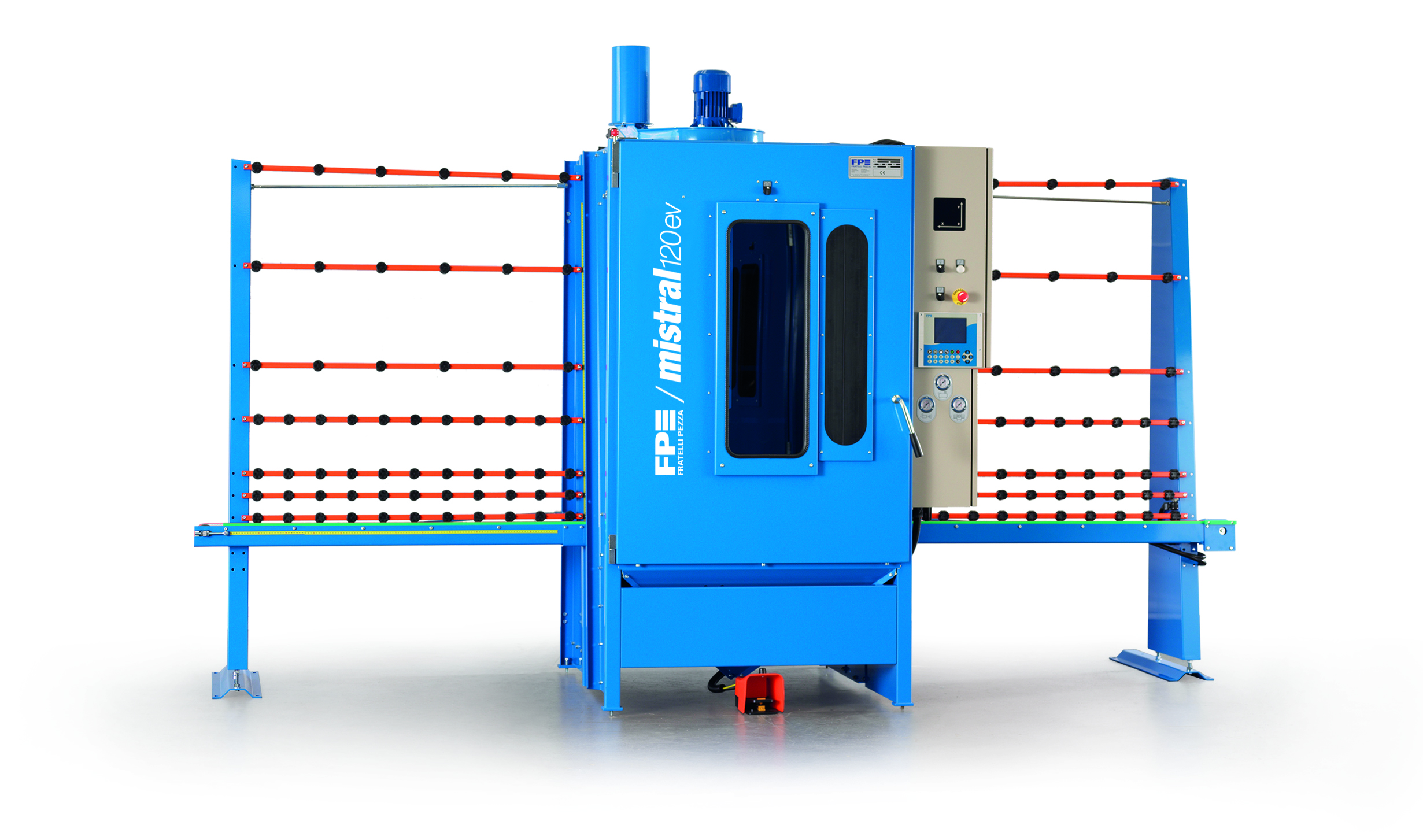Date: 5 January 2008
Gains will be aided by the upturn in production of electrical and electronic products and motor vehicles, which are expected to recover from the declines of the 2001-2006 period.
Advances will also be supported by robust growth in the aerospace sector, as production of civilian aircraft recovers from the declines posted earlier in the decade and investment in military aircraft continues to expand. Demand for abrasives will be somewhat restrained by a slowdown in the manufacturing of a variety of durable goods that comprise significant markets for abrasives. These and other trends are presented in Abrasives, a new study from The Freedonia Group, Inc., a Cleveland-based industry research firm.
Demand for nonmetallic abrasives is expected to significantly outperform that of metallic abrasive products through 2011. Nonmetallic abrasives demand will be bolstered by strong increases in the use of manufactured loose abrasive grains, supported by the continual shift toward higher value products -- particularly garnet, manufactured diamond, specialty silicas and silicon carbide. Advances in this product segment will also be buoyed by above-average gains in the chemical mechanical planarization (CMP) slurry market.
Increases in abrasive raw material demand will be led by manufactured minerals, as superabrasives such as manufactured diamond and cubic boron nitride continue to be highly utilized due to their hardness and superior performance characteristics. These materials offer increased productivity and improved operating efficiency. Demand for natural minerals used in abrasive applications is expected to post slower gains, although these increases will represent a recovery from the declines of the 2001-2006 period.
Abrasive industry shipments will continue to expand at approximately the same pace as during the 2001-2006 period, supported by growth in US demand. Foreign trade has become more significant in the US abrasives industry in recent years, and both imports and exports are expected to climb through 2011. Manufacturers have been increasingly utilizing offshore facilities to lower their production costs, contributing to a rise in imports. US exports of higher value-added products such as sol-gel and superabrasives will also rise as foreign demand grows.





Add new comment